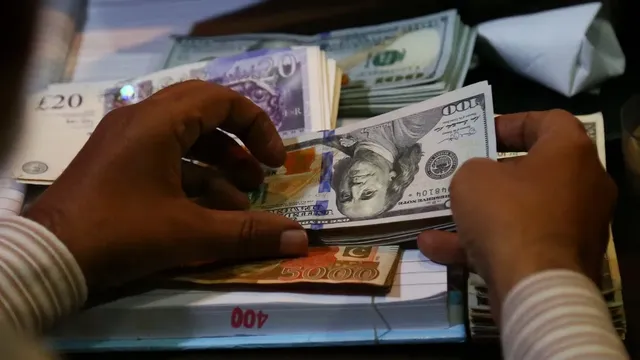Chinese exports rose 4.8% in May from a year earlier, according to data released on June 9, just hours before another round of trade talks between the US and China.
The total was slightly lower than expected as shipments to the US fell 34.5% over the same period, Euronews reported.
Imports were down 3.4% year-on-year, resulting in a trade surplus of $103.2 billion.
According to the report, China exported $28.8 billion to the U.S. in May, while its imports from the U.S. fell 7.4 percent to $10.8 billion.
However, exports to Southeast Asia and the European Union remained steady, rising 14.8 percent and 12 percent year-on-year.
"Accelerating exports to other economies have helped Chinese exports remain relatively stable in a trade war environment," said Lin Song of ING Economics.
Still, May trade slowed relative to China's 8.1% surge in global exports in April.
Many businesses had rushed orders to try to overcome the higher levies, even as some new import duties came into force or remained in place.
Exports are likely to rebound somewhat in June thanks to the 90-day suspension of most of the tariffs that China and the U.S. have imposed on each other in their escalating trade war.
"But as tariffs are likely to remain high and Chinese manufacturers face broader constraints on their ability to sustain rapid global market share gains, we think export growth will slow further by the end of the year," says Capital Economics' Zichun Huang.
Despite the truce on tariffs, hostility between Beijing and Washington continues, with angry exchanges over advanced semiconductors, which are vital to many industries, and visas for Chinese students at US universities.
The next round of talks should take place in London after Trump and Chinese leader Xi Jinping held a phone conversation last week.
Other data released on June 9 highlight how the slowdown in exports is affecting the world's second-largest economy, as China imports many of the components and materials needed for the goods it assembles for the world.
At the same time, China's domestic markets are suffering. The government reported that consumer prices fell 0.1% in May, indicating weak demand. Economists say the ongoing deflation partly reflects lower food prices.
Producer price deflation was worse, contracting 3.3 percent in May, the lowest level in almost two years, after falling 2.7 percent in April. | BGNES

 Breaking news
Breaking news
 Europe
Europe
 Bulgaria
Bulgaria







